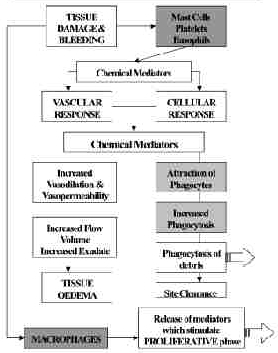Archive Name And Parameters For Ultrasound
The American Institute of Ultrasound in Medicine (AIUM) is a multidis. Ultrasound community with parameters for the performance and recording of high-quality ultrasound examinations. The parameters reflect what the AIUM considers the. Name of patient's health care provider and contact information as appropriate. A system and a method of managing 2-D images, as well as any saved 3-D volume data that was used to derive the 2-D images, utilize a bookmark saver that operates to.

Ultrasound-guided prolotherapy alleviates pain in patients with chronic tendinosis of the Achilles tendon, according to University of British Columbia researchers. Prolotherapy, developed in the late 1930s, consists of injecting an irritant solution into damaged ligaments or tendons to stimulate their healing. It has been described more recently in the clinical literature for the management of pain in conditions such as chronic tendinosis of the Achilles tendon. Standard treatment involves dextrose injections at several sites around the tendon. The procedure is rarely completed with image guidance. Maxwell and colleagues tested two novel variations to the technique. Tamil 5.1 Dolby Digital Mp3 Songs on this page.

Dextrose was injected through the tendon tissue rather than around, and ultrasound was employed to guide the procedure. 'We performed this treatment using a small needle under ultrasound guidance so that the abnormal areas could be accurately targeted,' said Maxwell, a radiologist at the University of Pittsburgh Medical Center.
Results were published online in the October issue of the American Journal of Roentgenology (2007;189[4]:W215-220). Maxwell and colleagues prospectively enrolled 36 consecutive patients whose conservative treatment for chronic tendinosis of the Achilles tendon had failed. Patients underwent ultrasound-guided intravenous injection of a hyperosmolar dextrose solution every six weeks until symptoms improved or the treatment proved unsuccessful.
The investigators assessed pain at rest, during normal motion, and during the practice of sport or other physically demanding activity using a visual test. They also recorded sonographic parameters such as tendon thickness, echogenicity, and neovascularity. They found the ultrasound-guided therapy provided a significant reduction in pain for these patients while at rest and during tendon-loading activities. Thirty-three tendons in 32 patients were successfully treated in an average of four sessions.
The mean reduction of pain at rest and during normal and enhanced activity was, respectively, 88.2% ( p.